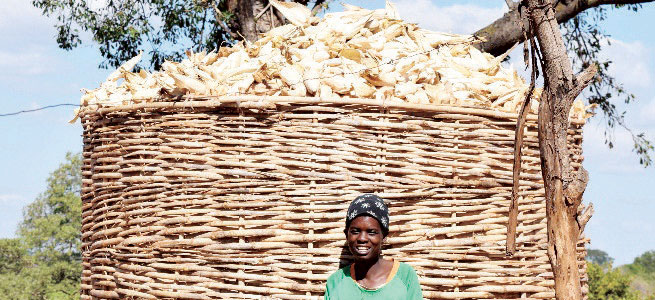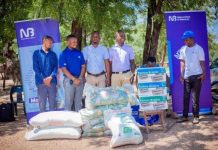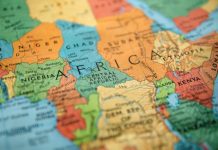Africa-Press – Malawi. The United States Government, through the US Agency for International Development (Usaid), has donated $9.5 million (about K7.7 billion) to the World Food Programme (WFP) towards efforts of fighting hunger in the country.
The support would help to provide emergency assistance to vulnerable households, support livelihoods of community members and strengthen capacity of national and local institutions to better address food security, disaster risk management and emergency responses in Malawi.
In a statement on Thursday, Usaid Malawi Mission Director Catie Lott said the US Government is honoured to partner with the government and WFP to support Malawians and refugees as they work to increase their food security and better manage seasonal shocks such as drought and flooding.
“Around the world, Usaid is committed to helping families and individuals produce and purchase reliable, quality food,” Lott said.
WFP Country Director in Malawi Benoit Thiry said the US Government continues to help in building the resilience of vulnerable communities in Malawi against climatic shocks and improve their food security.
“We are grateful to the US Government’s investment in breaking the cycle of hunger in Malawi,” Thiry said. He said WFP will also use the contribution to provide cash and/or food transfers to 42,000 refugees hosted at Dzaleka Camp.
Thiry added that WFP would also use the contribution to strengthen capacity and transfer skills to national and local institutions involved in food security, nutrition, disaster risk management, and emergency response.
Usaid has been supporting WFP in Malawi since 2017, helping 382,000 food insecure smallholder farmers improve their productivity, food security, and resilience to shocks.
Farmers have built or maintained assets to improve their livelihoods, including community gardens and small-scale irrigation farming, creating healthier natural environments, reducing risks and impacts of shocks, and strengthening resilience to natural disasters.






